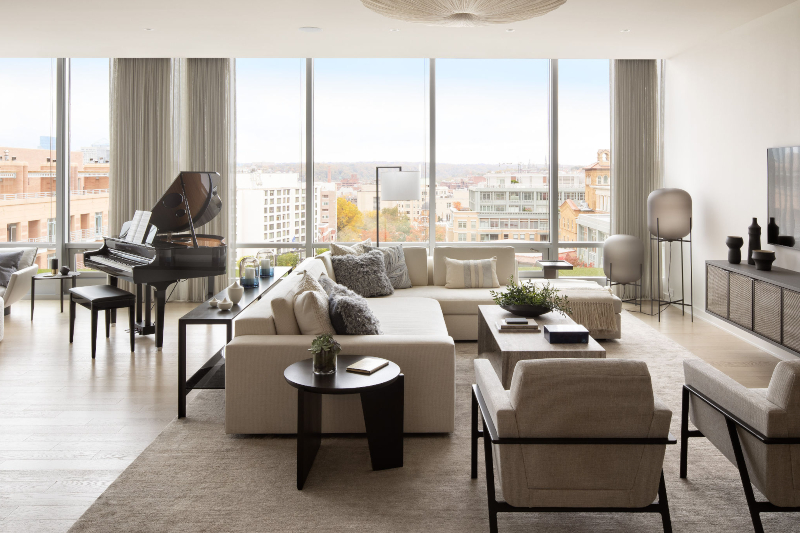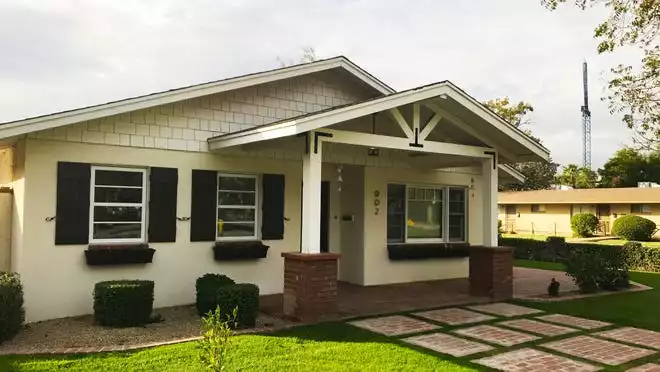
Floor plainer stands as a pivotal tool in the realm of architecture and interior design, serving as a blueprint that orchestrates the spatial arrangement and layout of a living or commercial space. This innovative software enables architects, designers, and homeowners to visualize, plan, and manipulate floor layouts to create functional and aesthetically pleasing environments.
Evolution of Floor Planners
The evolution of floor planners has significantly transformed the design process, transitioning from traditional blueprints and hand-drawn sketches to sophisticated digital platforms. These tools offer a user-friendly interface, providing a comprehensive and interactive experience for crafting detailed floor layouts.
Digital Interface and User Experience
Floor plainer software employs a digital interface that empowers users to design floor layouts intuitively. Its user-friendly features allow individuals to effortlessly manipulate room dimensions, adjust furniture placement, and experiment with diverse design elements.
Space Optimization and Functionality
An inherent characteristic of floor plainer applications lies in their ability to optimize space functionality. These tools enable users to meticulously plan room divisions, traffic flow, and spatial allocation, ensuring efficient utilization of available space.
Customization and Design Flexibility
Floor plainer tools offer extensive customization options and design flexibility. Users can experiment with various architectural styles, flooring materials, wall textures, and decor elements, tailoring the design to suit individual preferences.
3D Visualization and Realism
One of the standout features of modern floor plainer software is its ability to render 3D visualizations. This functionality provides a realistic preview of the designed space, offering a more immersive experience for architects and clients alike.
Collaborative and Sharing Capabilities
Collaboration is facilitated through floor plainer applications, allowing multiple stakeholders to collaborate seamlessly. Designs can be shared, reviewed, and modified collaboratively, streamlining communication among architects, interior designers, and clients.
Efficiency in Design Iterations
Floor plainer tools streamline the design iteration process. Users can swiftly modify layouts, experiment with different design schemes, and visualize alterations in real-time, saving time and effort in the design phase.
Accessibility and User Empowerment
The accessibility of floor plainer software empowers homeowners and design enthusiasts to engage actively in the design process. It encourages creative exploration and allows individuals to take an active role in shaping their living spaces.
Integration of Technology and Innovation
The integration of technology and innovation in floor plainer tools continues to redefine design possibilities. Advancements in Artificial Intelligence (AI) and Virtual Reality (VR) offer enhanced features, further enriching the design experience.
Conclusion: The Influence of Floor Plainer in Design
In conclusion, floor plainer tools stand as indispensable aids in modern design endeavors. They revolutionize the architectural and interior design landscape, offering a dynamic platform that fosters creativity, efficiency, and precision in crafting functional and visually appealing spaces.
The user-centric approach, coupled with technological advancements, continues to propel floor plainer tools as indispensable assets in the ever-evolving world of design and architecture.


